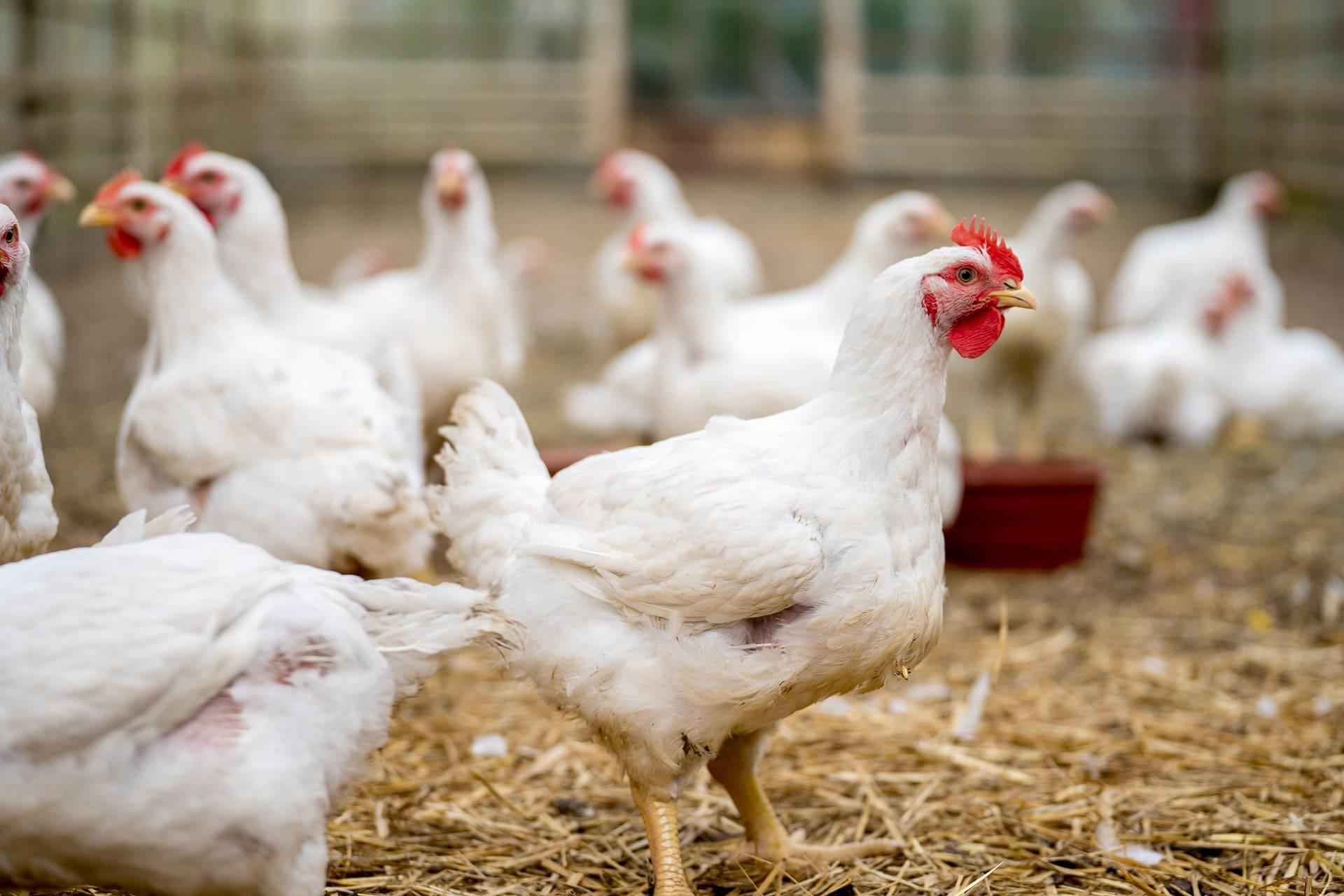HPAI Outbreaks and the Broiler Sector
In recent years, the US poultry industry has grappled with periodic outbreaks of Highly Pathogenic Avian Influenza (HPAI). While this disease has had notable impacts on turkeys and layer flocks, broiler producers have also faced rising concerns. Below is an overview of the latest data and what it could mean for wholesale buyers and suppliers in the chicken market.
Broiler Losses Remain Relatively Low
Since February 2022, approximately 8.97 million broiler breeders and broilers have been affected by HPAI across thirty-four states. Though this figure may seem substantial, it represents only 0.03% of all chicks placed. In contrast, turkeys and layers have experienced far higher losses, underscoring that HPAI’s greatest toll has primarily occurred outside the broiler sector.
Livability Data Remains Steady
Despite repeated HPAI outbreaks, USDA data indicates that overall broiler livability remains remarkably resilient. In fact, average livability from 2022 to 2023 was 1.1% higher than in 2020–2021. While 2024 livability is marginally lower compared to the previous decade, experts attribute only a small portion of this dip to HPAI.
Year-Over-Year Changes and Market Dynamics
Shifting Losses
Broiler and broiler breeder losses to HPAI have evolved since the outbreak’s onset:
- 2022: 2.60 million broilers or breeders lost (87.2% were broilers).
- 2023: 2.44 million birds lost (96.1% destined for meat production).
- 2024 (so far): 3.93 million birds lost—a 61% increase over 2023—but still mostly meat birds (96.0%).
Despite these fluctuations, the overall supply of chicken meat has not drastically declined, thanks largely to resilient placement numbers and stable, if not growing, domestic demand.
Exports and Domestic Demand
One of the most significant potential impacts of HPAI is on export eligibility. Processors in affected areas may face export restrictions, potentially shifting trade flows. While US chicken exports did taper in 2022 and 2023 relative to 2020 and 2021, robust domestic demand and low frozen inventories have helped maintain market balance.
Key Takeaways for Buyers
- Supply Stability: Despite an uptick in HPAI cases among broilers, the overall chicken supply remains slightly higher. Broiler losses, as a percentage of total chicks placed, remain relatively low.
- Market Sentiment: HPAI has not significantly swayed US chicken prices or market sentiment, though it could affect individual processors who rely on export channels.
- Ongoing Vigilance: Buyers should monitor HPAI developments, particularly if they require consistent export channels or large-scale volumes of chicken products.
- Data as a Competitive Edge: With consumer demand remaining resilient, real-time data on placements, disease prevalence, and export restrictions can inform more strategic sourcing and pricing decisions.
How Our Data Can Help
As a leading provider of agriculture, protein, and commodity data, we track emerging market trends, disease outbreaks, and regulatory changes in real time. Our insights equip wholesale buyers to:
- Identify potential supply disruptions early.
- Plan contract strategies that mitigate risk.
- Stay competitive in a shifting global protein marketplace.
For more detailed reports on how HPAI is affecting the US chicken market and to access up-to-date supply and price forecasts, contact us today. We offer the intelligence you need to navigate these market dynamics with confidence.



